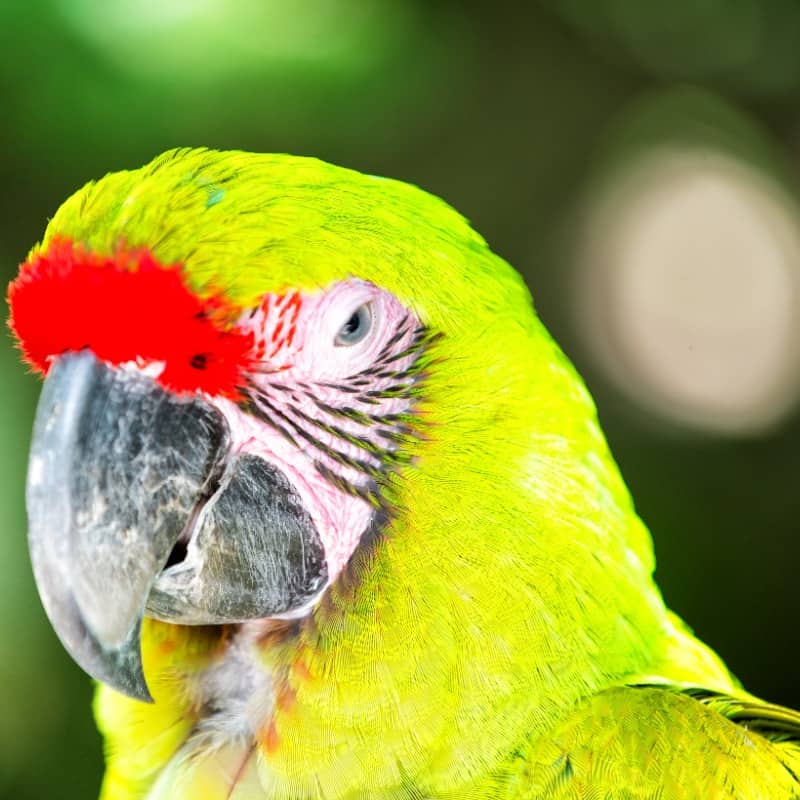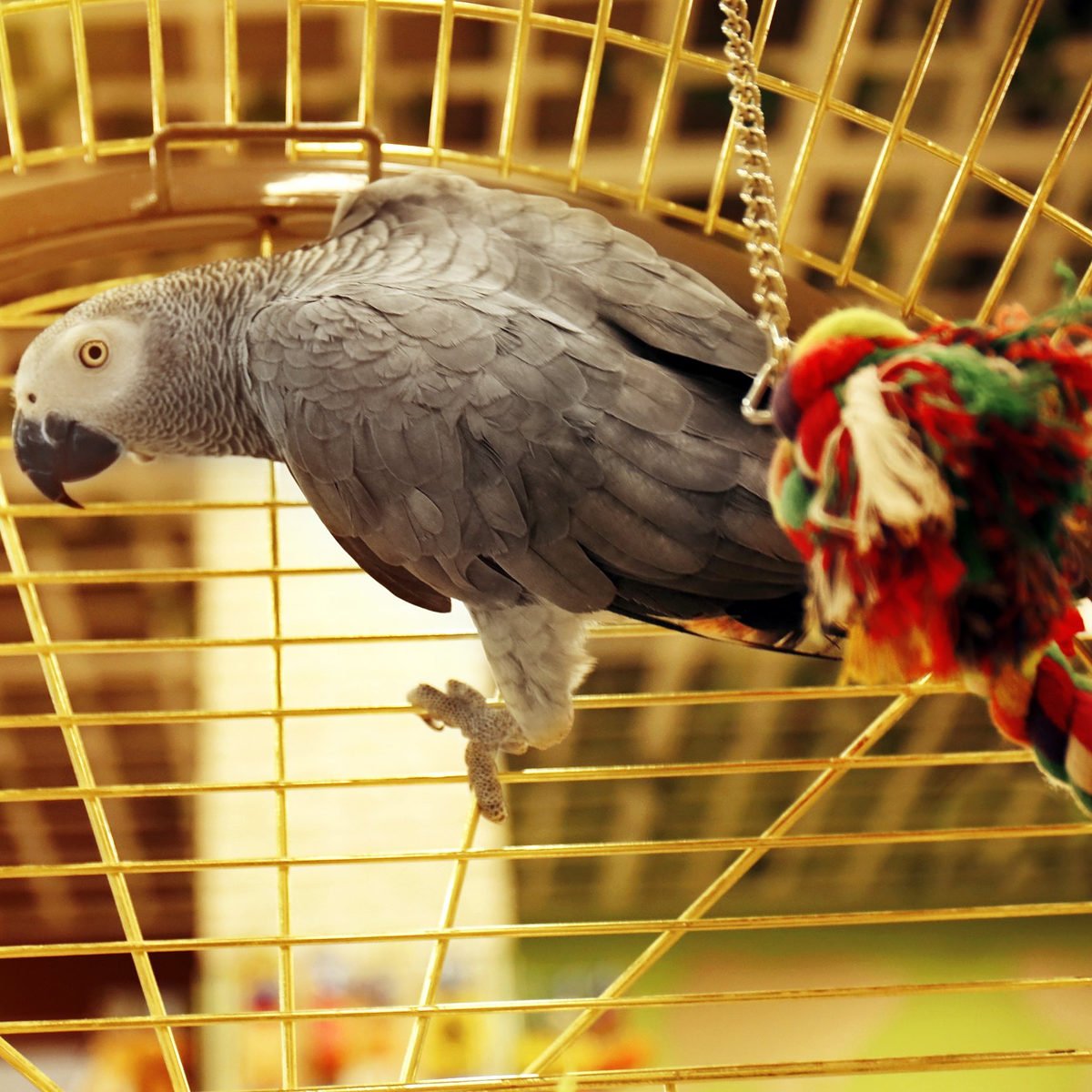Why Did My Hawkheaded Parrot Freak Out After A 4 Day Absence?
The following is a thread between Mary Anne M and Catherine
Editor’s note: We will do our best to provide cage bird-keeping solutions.
The more information we have, the more precise our answers.
8/23/2018 – I have a Hawkheaded parrot named Rudy (above) that is the greatest companion!
He has been with me for the past 2 years & comes out with me daily.









